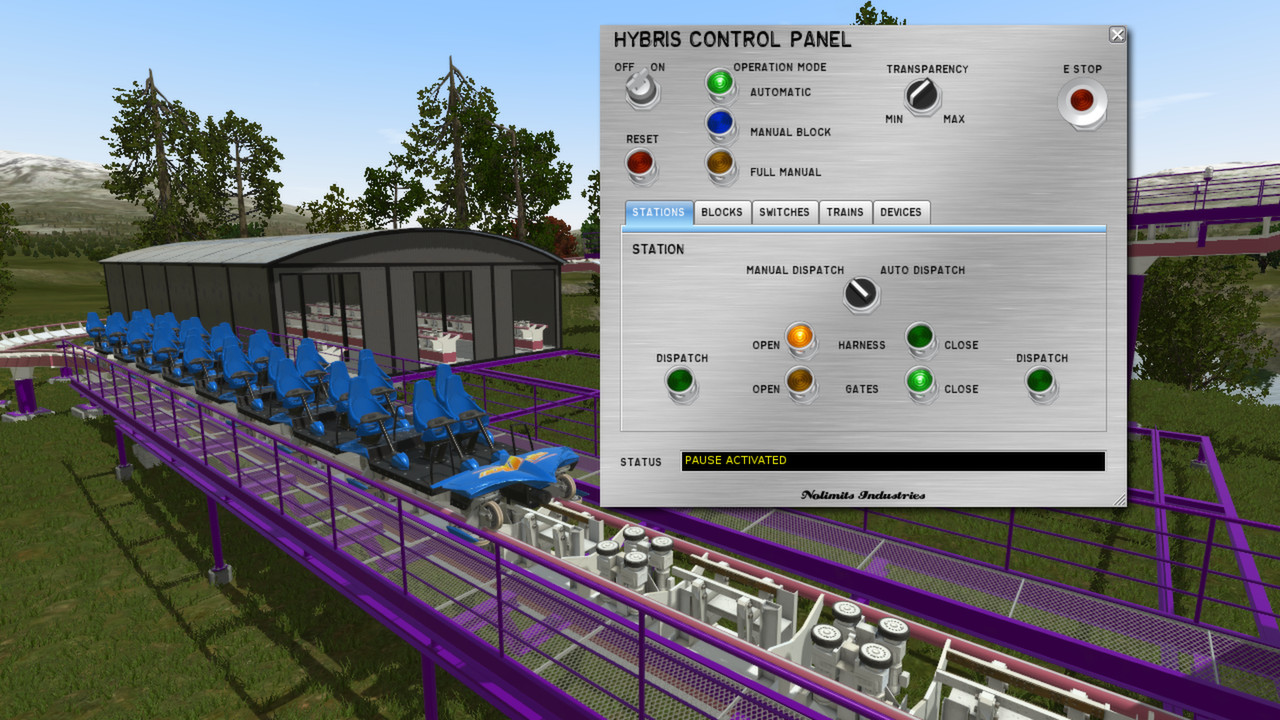

These results uncover a potentially novel cause of primary human VV aplasia. Ephb4 was also required for valve-forming cell organization and subsequent growth of the valve leaflets. Efnb2 deletion disrupted the normal endothelial expression patterns of the gap junction proteins connexin37 and connexin43 (both required for normal valve development) around reorientating valve-forming cells and produced deficient valve-forming cell elongation, reorientation, polarity, and proliferation. EphB4 and ephrinB2 expression patterns were dynamically regulated around organizing valve-forming cells. We used a GFP reporter in mice to study expression of its ligand, ephrinB2, and analyzed developmental phenotypes after conditional deletion of floxed Ephb4 and Efnb2 alleles. Using quantitative ultrasound, we identified substantial VV aplasia and deep venous reflux in patients with mutations in EPHB4.

VV formation requires complex “organization” of valve-forming endothelial cells, including their reorientation perpendicular to the direction of blood flow. Whether the venous anomalies are the result of an effect on VVs is not known. A primary lymphatic anomaly, caused by mutations in the receptor tyrosine kinase EPHB4, was recently described, with these patients also presenting with venous insufficiency. Venous valve (VV) failure causes chronic venous insufficiency, but the molecular regulation of valve development is poorly understood. Therefore, in addition to its role in treating CKD anemia, FG-4592 could be explored as a treatment for hypertension associated with high renin angiotensin system (RAS) activity or eNOS defects. In summary, FG-4592 treatment remarkably ameliorated hypertension and organ injury, possibly through stabilizing HIF1α and subsequently targeting eNOS, AGTR1, AGTR2, and oxidative stress. Moreover, FG-4592 treatment was hypotensive in L-NAME–induced hypertension. In vascular endothelial cells, FG-4592 upregulated total and phosphorylated eNOS. In vascular smooth muscle cells, FG-4592 treatment reduced angiotensin receptor type 1 (AGTR1) and increased AGTR2 levels, while preventing Ang II–induced oxidative stress. Additionally, the levels of thiobarbituric acid reactive substances (TBARs) in blood and urine were diminished by FG-4592 treatment. In an angiotensin II (Ang II) hypertension model, FG-4592 abolished hypertensive responses prevented vascular thickening, cardiac hypertrophy, and kidney injury downregulated AGTR1 expression and enhanced AGTR2, endothelial NO synthase (eNOS), and HIF1α protein levels in the aortas of mice. In the present study, we evaluate the effects of FG-4592 on hypertension. FG-4592 (Roxadustat) is a potentially novel, orally active small-molecule hypoxia-inducible factor (HIF) stabilizer and is being used clinically to treat chronic kidney disease (CKD) anemia. All rights reserved.The prevalence of hypertension is increasing globally, while strategies for prevention and treatment of hypertension remain limited. ATARI, the ATARI logo, and all individual Atari game names and logos are trademarks of Atari Interactive, Inc.

Satisfy the visitors by building various attractions and facilities.Wild new rides, exciting new themes, and improved easy-to-use building tools make creating the ultimate amusement park more fun than ever! Stretch your imagination further to build bigger parks and higher coasters! Break ground and start from scratch, open the gates to a remarkable Six Flags park, or just create the most gut-wrenching roller coaster imaginable - now you can play your way! Choose and complete different scenarios accordingly to the experience and content you like. Roller Coaster Tycoon® 2: Triple Thrill Pack includes two expansions: Wacky Worlds and Time Twister.


 0 kommentar(er)
0 kommentar(er)
